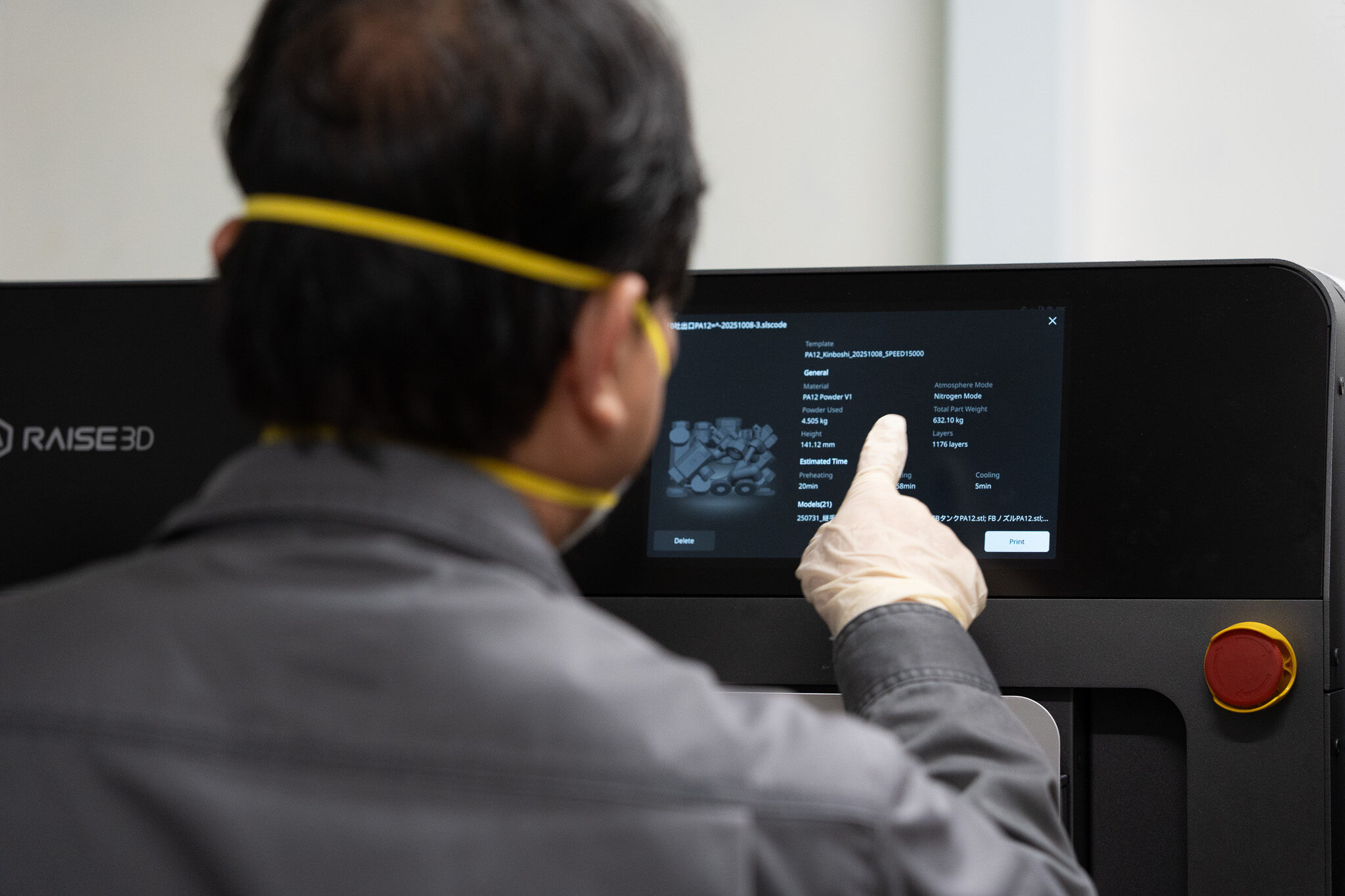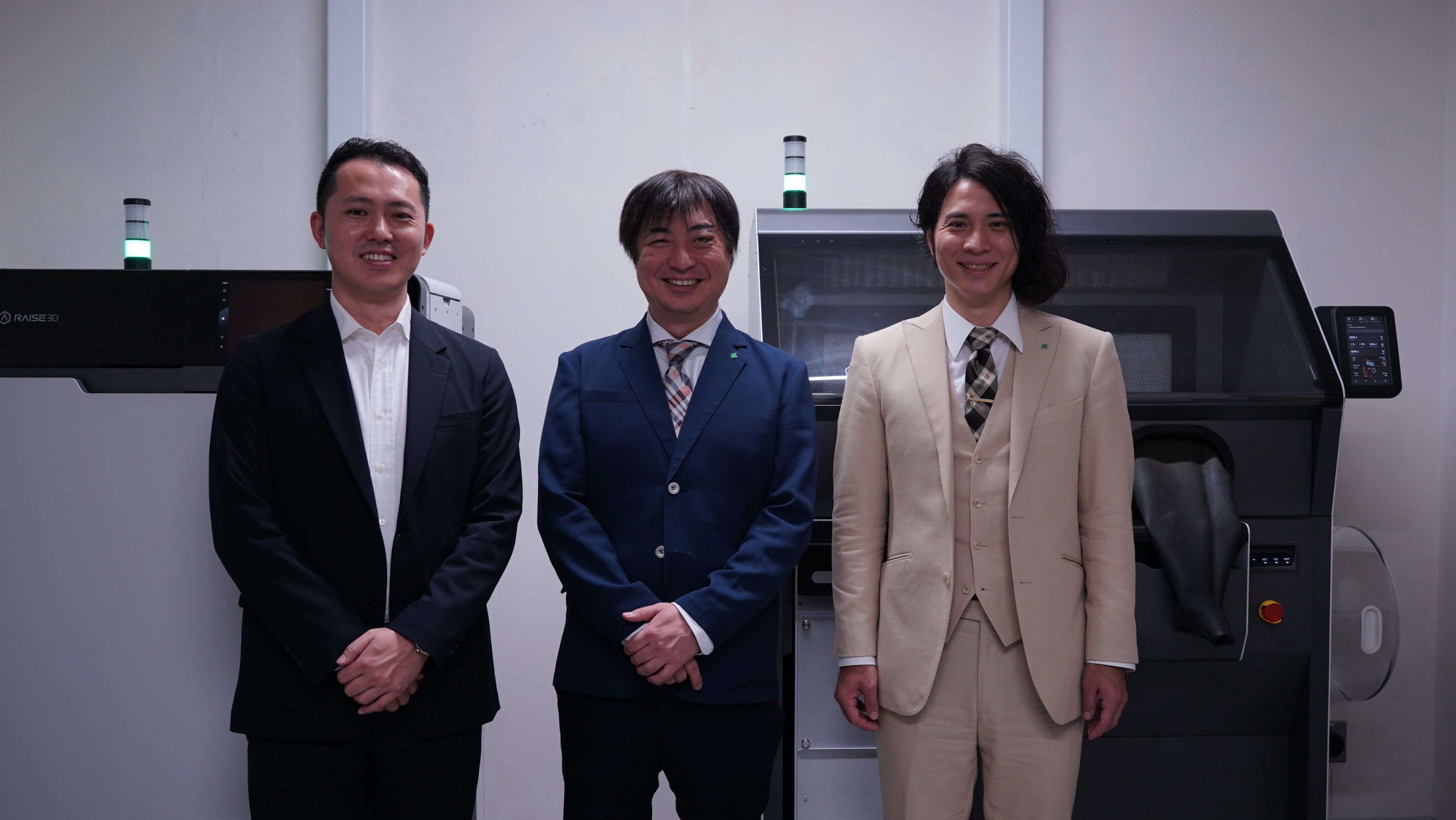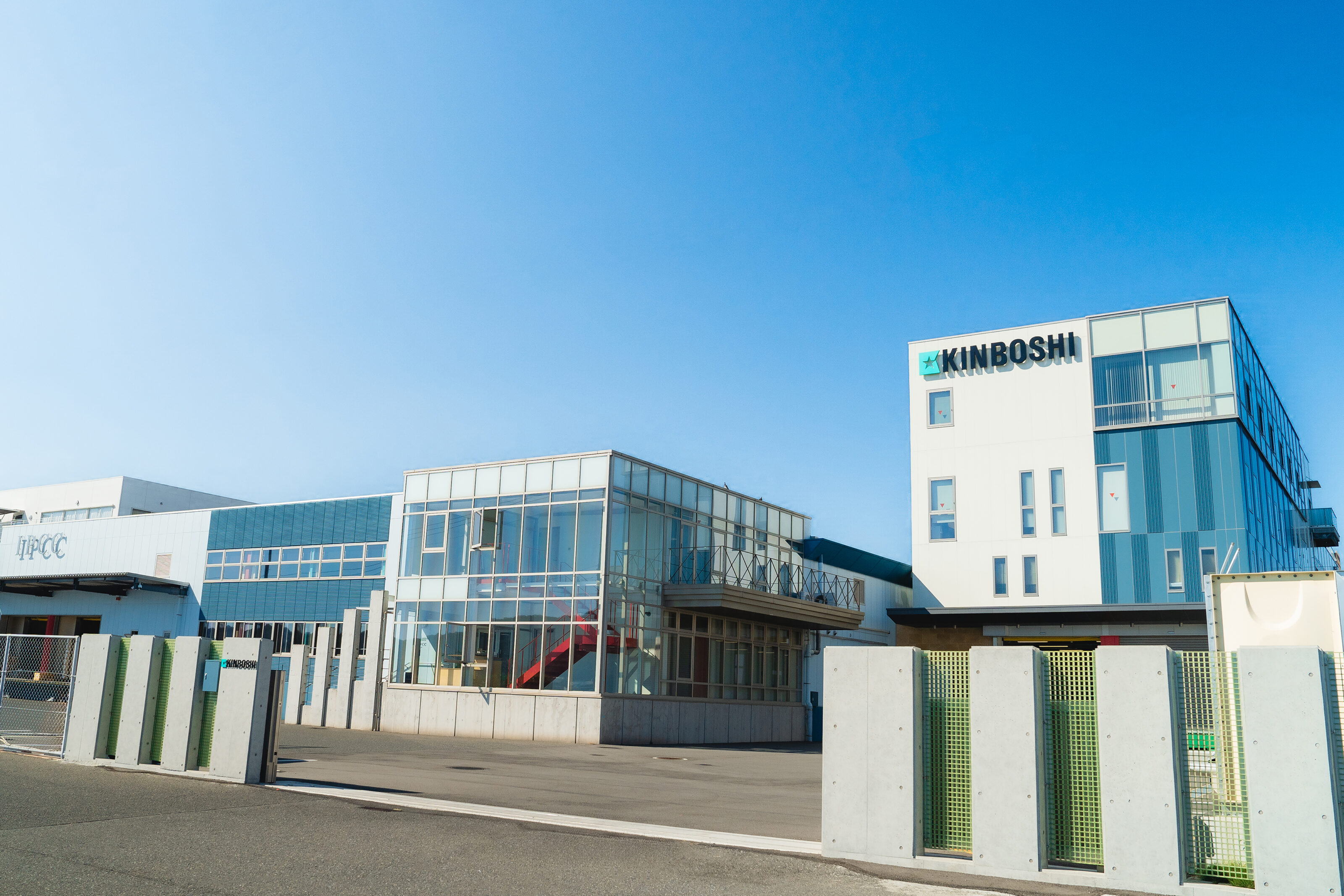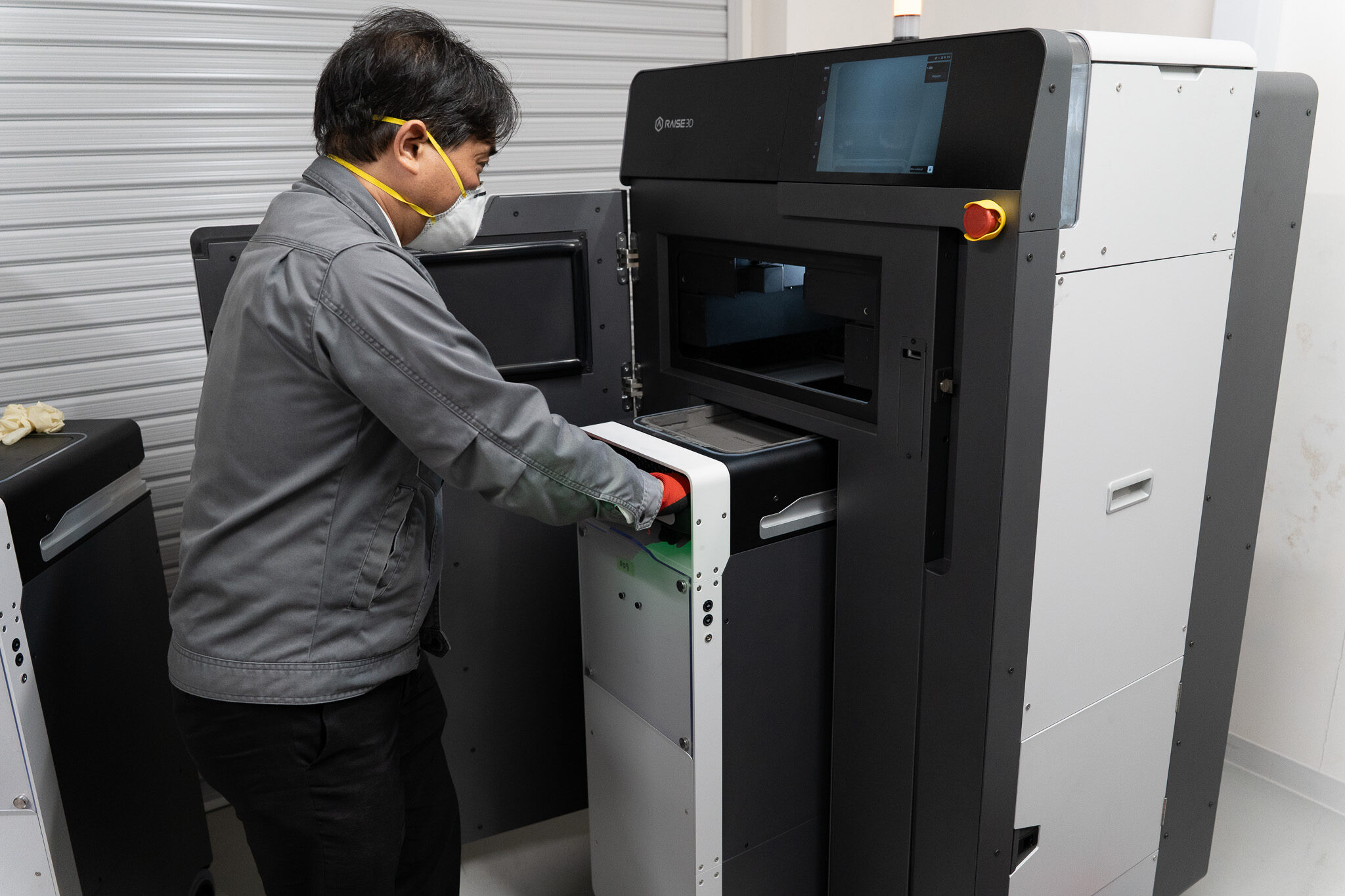Seeking the Best Cost-Effectiveness – The Introduction of the RMS220
Faced with this dilemma, Kinboshi clearly stated its needs: low anisotropy in printed models, while simultaneously lower printing costs.
The Raise3D RMS220 fills this gap, combining the advantages of both. It employs SLS (Selective Laser Sintering) technology, possessing the core advantages of SLS technology: high strength, high density, and good isotropy; suitable for medium-batch continuous production with lower maintenance costs.
« RMS220 is a material that fills this gap. The powder sintering method gives RMS220 a high degree of freedom and reduces the risk of anisotropy, but, since the minimum material usage per cycle can be reduced, cost-effective operation is possible.” — 飯田浩, Director of Maebashi Office / Development Department Manager.

RMS220 Installation site
The core advantages of the RMS220 also include:
- Cost-effective production: With a build volume of 220 x 220 x 350 mm (17 liters), the RMS220 is one of the largest entry-level industrial SLS printers. The RMS220 series offers cost-effective continuous production with a maximum daily output of 5 kg (using standard PA12 material).
- Extensive material compatibility and easy switching: The RMS220 supports a variety of materials, including PA12/PA11/TPU, etc. A maximum chamber temperature of 220 degrees Celsius meets the printing needs of most powders.
- Exceptional precision for outstanding print quality: The RMS220 boasts exceptional printing precision. Equipped with a stable 75W laser, it precisely controls dot details, minimizing tilting, warping, and deformation during the printing process.
In April 2025, Kinboshi’s President and CEO Kazufumi Ishii personally visited Raise3D and was deeply impressed by the RMS220. Kinboshi also appreciated the service attitude and dedication of Raise3D’s Japanese distributor, Japan 3D Printer, which spurred their decision.
“My first honest impression was that it looked cool. I can expect the finished product to live up to that cool image, and perhaps this is especially true since I visited the manufacturer, but I was also able to confirm the manufacturer’s development attitude, so in that sense, I think it would be best to adopt it as a reflection of the product itself as well as the manufacturer’s attitude, with future expectations in mind.” — 石井 一史, President and CEO


















